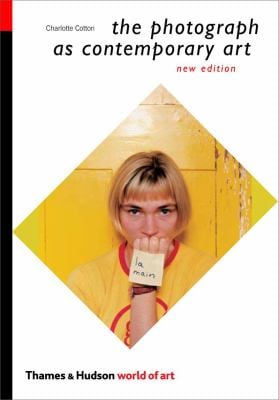David Cotterrell: Monsters of the Id
11 February- 31 March 2012
John Hansard Gallery
University of Southampton
John Hansard Gallery
University of Southampton
John Hansard Gallery is one of the UK's leading public galleries of contemporary visual art. Based on the University of Southampton's Highfield campus, it showcases the work of some of the world's most innovative artists and curators through exhibitions, off-site projects, national and international partnerships, research, publications, education and outreach programmes. John Hansard Gallery is part of the University of Southampton and supported by Arts Council England. www.hansardgallery.org.uk
David Cotterrell is an installation artist who works with various types of media, from video, audio, interactive and intelligent technology. He is Proffessor of Fine Art at Sheffield Hallam University and is represented by Danielle Arnaud Contemporary Art, London. www.davidcotterrell.com
Monsters of the Id, derived from the artist's journeys to Afghanistan, explores the illusionary nature of representations of war. Although influenced by his experiences as an artists within a conflict zone, David Cotterrell avoids the drama that is usually witnessed in the media and deliberately takes a more subtle approach to his work.
Exploring the different rooms set out in this small gallery, it was instantly recognised that they all had something in common and could even be connected somehow. The first room, named, the "Observer Effect" consisted of a panoramic type projection and interactive and virtual land in front of us that seemed to be affected by our presence and immediately we become part of that piece. As we remain stood in front of this landscape, the sensors above detect the number of people and a population of anonymous "avatars" appear in front of us and they grow in number. The work seen throughout is synthetic and explores the idea of viewer to content rather than viewer to Afghanistan.
Moving into the "Searchlight 2" room we experience a low platform terrain derived by a tonne and a quarter of chalk, and then allowed the chalk to define its' shape and "fall as it felt". The population witnessed in the "Observer Effect" are generated from the screen and migrate onto this landscape, mirroring the actions seen previously. This terrain has been 3D scanned and used throughout the exhibition which juxtaposes each displays. The sky and the movement however are created in real time and the direction of the avatars is completely randomized and there's no telling of the decisions they will make.
The "Apparent Horizon" is inverted hemispheres that explore the idea of the waiting and searching of information experienced by a soldier, civilian or observer. It again correlates the same landscape projections from the other rooms but here the sky dominates. The display is similar to that used within military simulation. The walls are concave creating an extraordinary optical illusion.
David Cotterrell explains that the technicality remains as invisible as possible and he tries to create a dialogue between artwork and the viewers. When Cotterrell shows the technical aspects of the exhibition we are experiencing the paths that the characters choose to follow, represented by a green line. He tells us that the paths are easily accessible and they lead them towards us and that's how they find their way, exploring how they make decisions without any particular rules. Cotterrell made the choice to eliminate sound and not include photographic backgrounds for the reason that it would cause distraction on the interacting characters and the engaged projection.
David Cotterrell appeared open about his work and also himself as an artist. It was interesting to hear an artist speak about the experiences he went through to produce such an interesting piece of work. He quotes,
"It was like learning a new language, I watched myself struggle and I could've know more about it"













